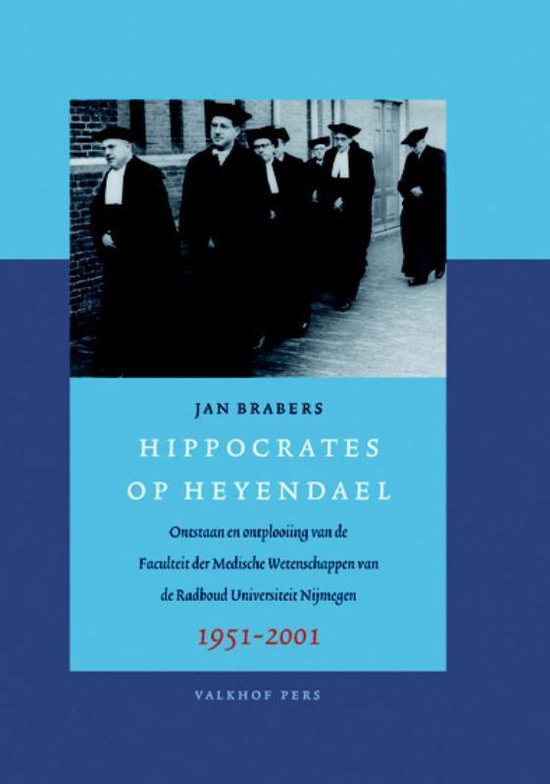
Samuel Fallours
This is a stunning achievement in zoological illustration. Samuel Fallours began as a common soldier in the service of the Dutch East India Company, though later, between 1706 and 1712, held the title of Associate Curate, entrusted with consoling the sick of Ambon. By 1703, his artistic abilities had been discovered by several of the company's prominent officials, including Francois Valentijn, his immediate superior. With the rise in his work's popularity and heavy demand, Fallours made - or hired native artists to make - multiple copies of all his drawings. These he sold or presented as gifts to influential people back home. In addition, he copied drawings by other artists, particularly those of Isaac Johannes Lamotius. The result was a number of sets of approximately similar drawings, depicting hundreds of animals, mostly fishes but also crustaceans, insects, a dugong, and even a mermaid. Some of these became the basis for 18th-century publications, among them Louis Renard's Poissons, Ecrevisses et Crabes (1719) and Francois Valentijn's Verhandeling der Ongemeene Visschen van Amboina , a chapter in his Oud en Nieuw Oost-Indien (1724-1726). These beautiful, elaborately detailed and brilliantly colored drawings provide an extraordinary description of marine fish fauna of the East Indies that can still be interpreted in light of present-day scientific knowledge. From an artistic and historical viewpoint, these drawings are among the finest natural history illustrations ever made.
| Auteur | | Theodore W. Pietsch |
| Taal | | Engels |
| Type | | Hardcover |
| Categorie | | Kunst & Fotografie |




